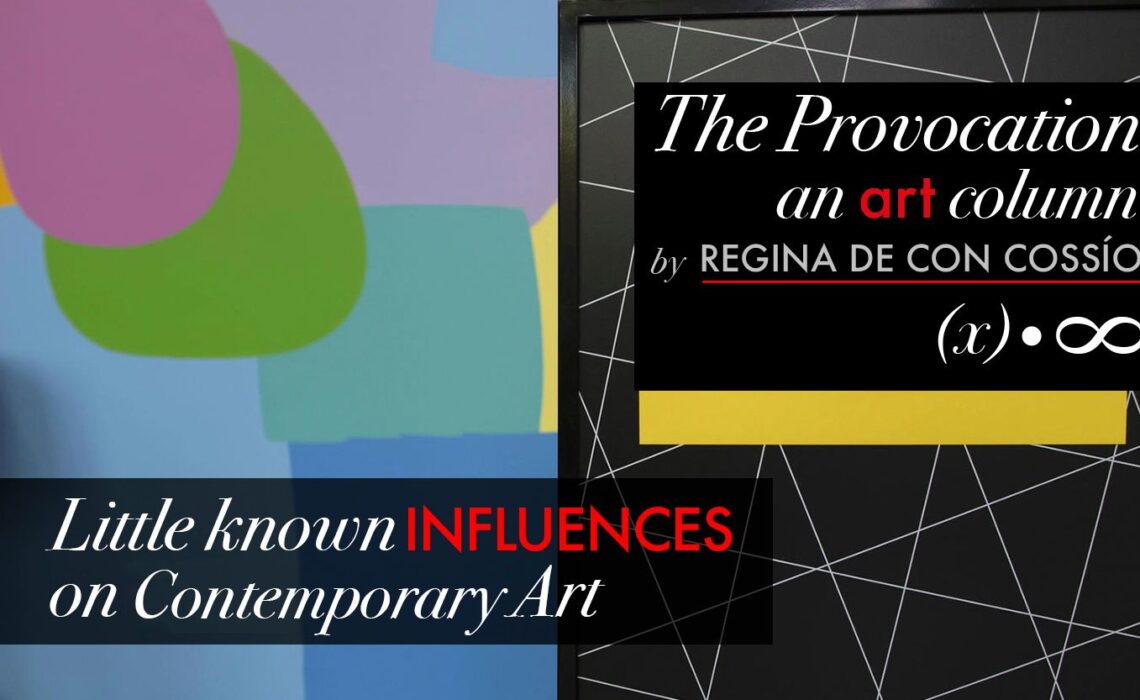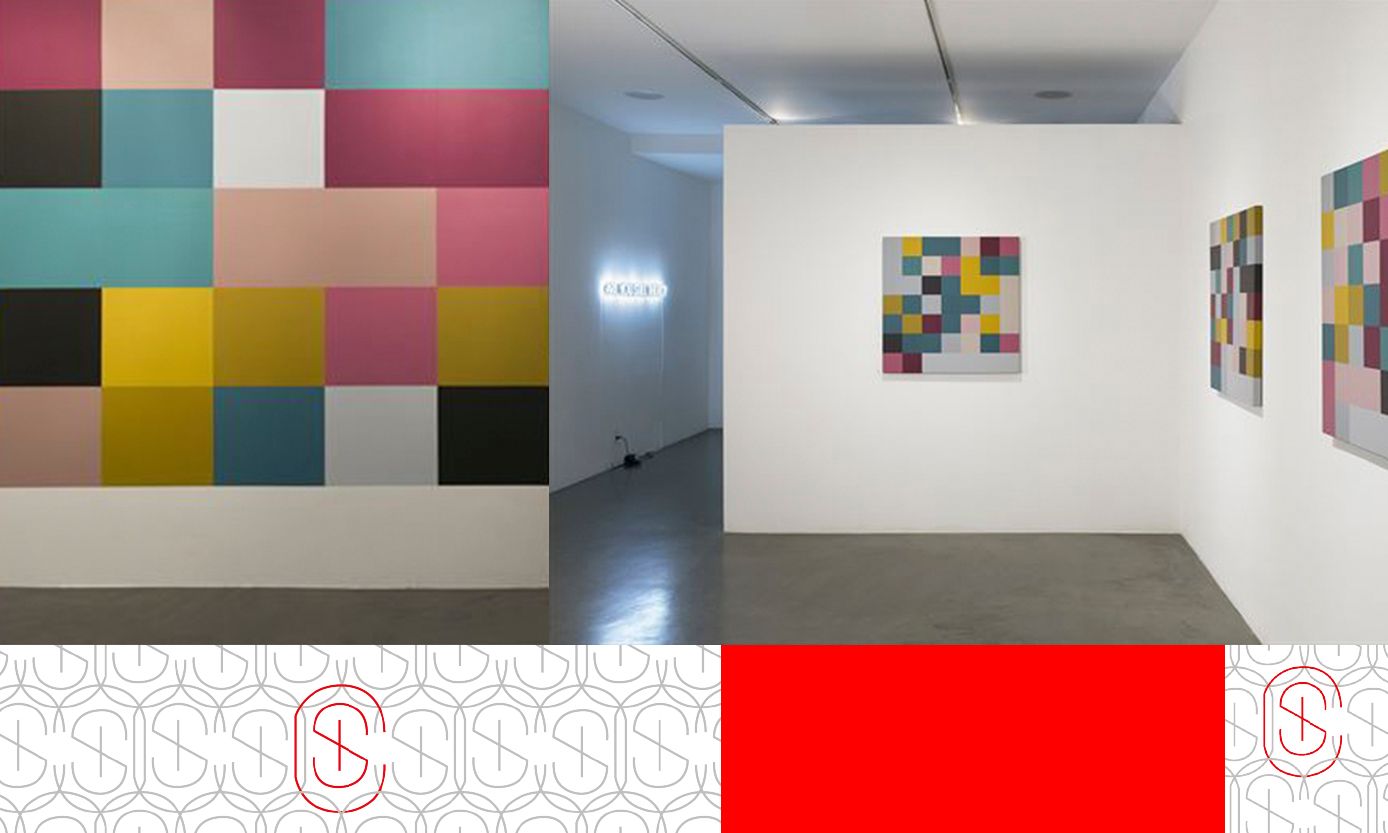
Contemporary Art: What It Is and Some Little-Known Influences
Contemporary Art seems to encompass all types of art in today’s world. But in its simplest form, it refers to all types of art created “today”; but what does “today” mean in art terms? It is generally accepted that contemporary art period began at the end of the modern art period, around the mid- to late-1960’s. One defining factor of contemporary art is the focus on ideas or interests, rather than the beauty or appeal of the artwork. Additionally, under the umbrella of contemporary art, one can name several movements, including:
- Pop Art
- Conceptualism
- Minimalism
- Installation Art
- Performance Art
- Street Art
These diverse movements branch out from contemporary art as original approaches and methods to artistic creation.
Many art enthusiasts understand how art genres affect one another, how styles transform over time, artists develop new approaches, and cultural changes drive popularity and demand. War, politics, technology are all well-known influences which play a part in art development. It can be challenging to pinpoint specific influences which have been pivotal in contemporary art, and the first thought may be that gallerists, museums, and art professionals have played significant roles in shaping contemporary art. But did you know that there are specific artists, cultural phenomenon, and technologies who have had a lasting effect on this art form? Let’s delve into some of the lesser-known influences on contemporary art.
Section One: The Artists
Photo Courtesy of Sybaris Collection
Frank Stella. Perhaps the most loved American artist, Stella practically brought painting back to life singlehandedly and birthed minimalism. His imaginative work spanned over 25 years, bringing life to canvas through bold shapes and color, while others fled painting in droves. Artists are indebted to him for his devotion to art, through his own transformation as an artist and the way in which he breathed life into art in the United States.
Andy Warhol. Warhol exemplified the marriage of art and graphic design, paving the way for generations of artists who rode on his coattails to blend consumerism and artistic creation. Utilizing screen printing as a new tool, Warhol sparked the curiosity of art enthusiasts and celebrities alike with his presentation of the world of the elite alongside common commercial items which were part of everyday life. He expanded his art to include photography and filmmaking, inspired the genre of Pop Art, and became the first recognized creator of digital art when he became a spokesman for Amiga computers in 1984. Digital artists would never look back.
Frida Kahlo. Perhaps no other artist, be it man or woman, has influenced artists, given them unspoken permission to share their thoughts on personal suffering, sexuality and gender inequality as Frida Kahlo. Her works are a complicated blend of everyday existence, fantasy, and the emotions of human experience. She has a following like few other contemporary artists, and a signature style. Her works give artists a blessing to express themselves freely, to challenge boundaries, and to use any form of representation to tell their stories.
Section Two: The Culture
Collectors. Although artists create works and art professionals, from museum curators to art historians, validate and give value to he works created, collectors play a crucial part in shaping the future of art. Just like the rules of supply and demand dictate the quantity of goods which are produced, the market for art ebbs and flows based on the reactions by those within the art industry, including collectors. As a certain style of works is bought and displayed, so will artists be urged to create more of what is attractive and memorable to collectors.
Gang Culture. As crazy as it sounds, economic hardship and a sense of civic pride had much to do with the birth of graffiti, and later, street art. In the early years, many young men used this type of art to share their bond with the neighborhood at a time when they felt disconnected to the larger community/nation. The continued disenfranchisement of groups of young adults spurred the growth of gangs, whose run-down neighborhoods were the perfect canvas for artistic expression. Years of social and cultural changes transformed the use of street art into something with a negative connotation, and it took decades of growth within other enclaves of contemporary art to bring light to street art as a valued form of artistic expression. It did, in the meantime, help the growth of large-scale and installation works, increasing the theory that community (non-private) art is valuable.
Globalization. Our connected world has led to a change in the art market as a whole: artists, professionals, and collectors of all financial means have increased entry to art markets, works can be purchased online and across all nations, allowing nearly unlimited access to artwork, and due to the increase in demand by all types of art enthusiasts, the demand for works of all price points spurs new artists to create and make available their works.
Section Three: The Advancements
Social media. From sharing photographs of art, exploring galleries, to making connections with artists and other art professionals, social media has allowed the endless chatter of life to take over the art world. Privacy is seemingly a thing of the past, and nearly anything one wants to learn about art (including to purchase it) is found online. Contemporary artists, like practically all world citizens, understand the value of social media to research, promote, and gain inspiration for their work.
https://www.sybariscollection.com/technology-art-collecting-whole-new-world/
Digital Technology. Ever since Andy Warhol stood in front of an audience to tout the value of the computer in artistic creation, artists were compelled to utilize (and help develop) the tools to blend digital with art. Digital art is simply part of contemporary art, with a growing scene of strictly-digital works, from digital painting, sculpture, to audio and visual performance art.
What Doesn’t Influence Contemporary Art?
We understand that contemporary art, unlike other genres in the past, is fluid, ever-changing and being modified, by not only artists, but outside forces like today’s connected art enthusiasts, whose increased savvy equates to a near-demand of what they want to see and experience in art. We will continue to watch contemporary art morph, creating appendages of unique styles, becoming a living, breathing being which mirrors cultures and even shapes the experience of all those involved.
Sybaris Understands Contemporary Art
For those looking to start or add to their collection of contemporary art and are looking for guidance, Sybaris Collection offers advisory services. Our network of art professionals can help you with the journey of collecting art, from determining your taste, finding and selecting pieces, having them appraised, and choosing the ideal display location. Let Sybaris find a piece that speaks to you, provides a story you can connect to, and fits your taste and budget.




1 comment